How to Keep Houseplants Healthy: A Green Thumb Guide
Struggling to keep your houseplants alive? Learn how to keep houseplants healthy with no-fuss tips on watering, pests, humidity, lighting, and more.
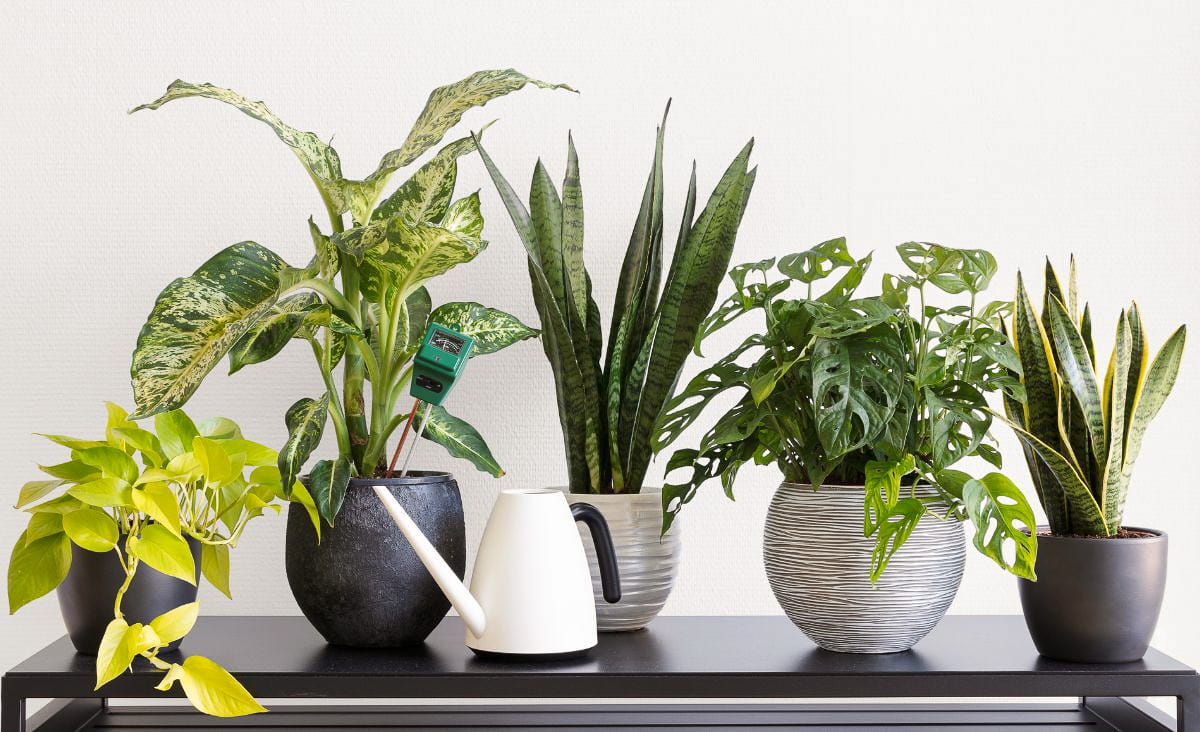
I’ll be the first to admit it—I used to be terrible at keeping houseplants alive. Outdoor gardens? No problem. But something about those potted green beauties inside always seemed to turn into crispy sadness on my windowsills. If that sounds familiar, don’t worry. You’re not alone, and more importantly, you’re not doomed to be a houseplant killer forever.
Whether you’re growing herbs on your kitchen counter or adding a little greenery to your living room, learning how to keep houseplants healthy is easier than you might think—with the right tips. I’ve killed enough plants to learn what not to do, and now I’ve got a pretty solid routine that keeps my indoor garden thriving (most of the time).
Let’s walk through the key things your houseplants actually need—no gimmicks, no fuss, and no green thumb required.
Master the Art of Watering (Without Overdoing It)
Overwatering is the number one reason houseplants die. It’s so easy to do—especially when you’re trying to show your plants some love. But too much water drowns the roots and creates the perfect storm for rot.
Here’s what to do instead:
- Check the soil first. Use your finger to test the top inch—if it’s dry, it’s time to water.
- Water slowly and evenly. Stop when you see water draining from the bottom of the pot.
- Use pots with drainage holes. Always. No exceptions.
Pro Tip: Bottom watering can be a game-changer for plants like African violets or ferns that hate wet leaves.
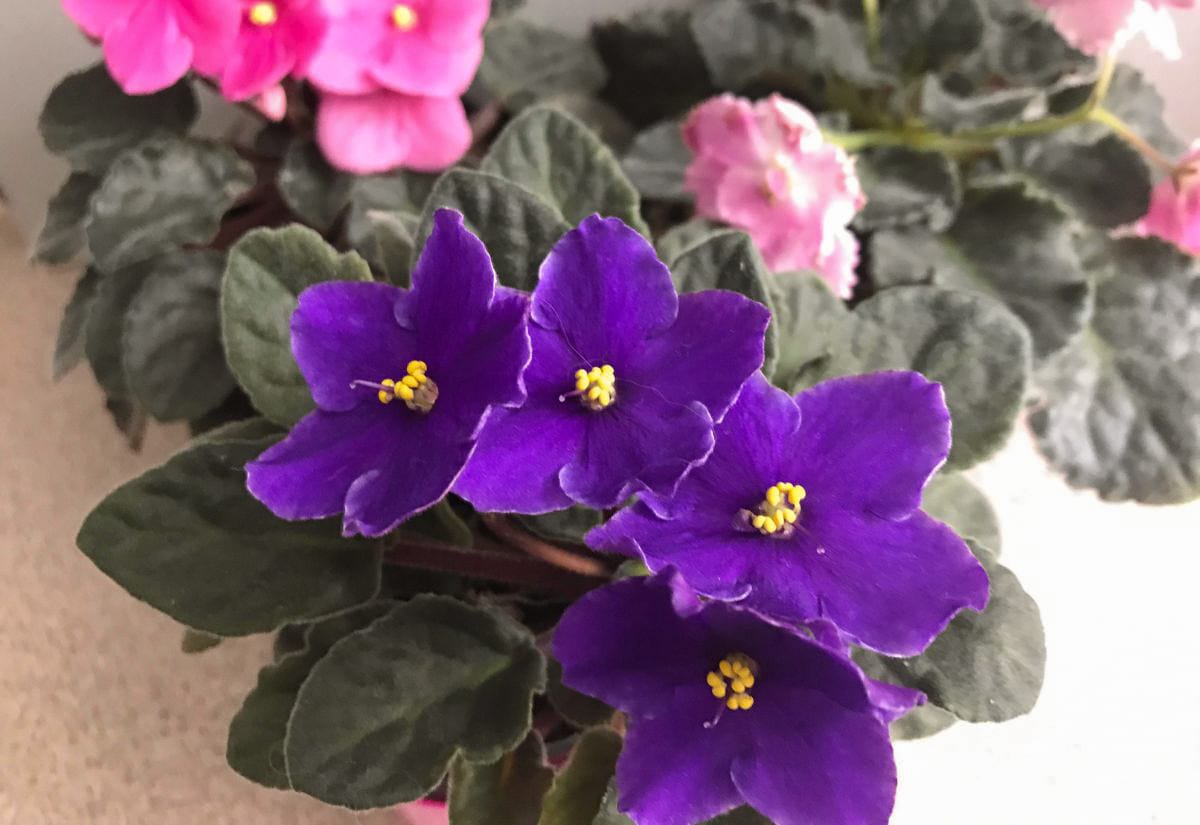
Drainage Isn’t Optional—It’s Critical
Let’s talk about drainage for a sec. If your pot doesn’t have a way for water to escape, your plant’s roots are basically sitting in a swamp. That leads to salt buildup, root rot, and a very sad plant.
Make sure to:
- Use pots with holes in the bottom.
- Avoid “decorative pots” without drainage—unless you double pot (inner pot with holes, outer decorative cachepot).
- Remove white crust from terracotta pots with a vinegar soak: 1 part vinegar to 4 parts water, soak for 20–30 minutes, then scrub clean.
Self-watering pots might sound like a good idea, but they often make things worse. Stick with tried-and-true methods unless you’re ready to monitor them closely.
Understand What Humidity Your Plants Actually Need
Most common houseplants come from tropical environments, which means our dry indoor air can be a bit of a shock. If your plant’s leaf tips are browning or crispy, low humidity might be to blame.
Boost indoor humidity naturally:
- Place plants near a humidifier or in the bathroom after a steamy shower.
- Group humidity-loving plants together (they create a microclimate).
- Use a humidity tray: set a shallow tray of water under the plant (with pebbles to keep the pot elevated above the water).
Skip the daily misting unless you’re committed. It only raises humidity for a few minutes and can actually invite pests or disease on some plants.
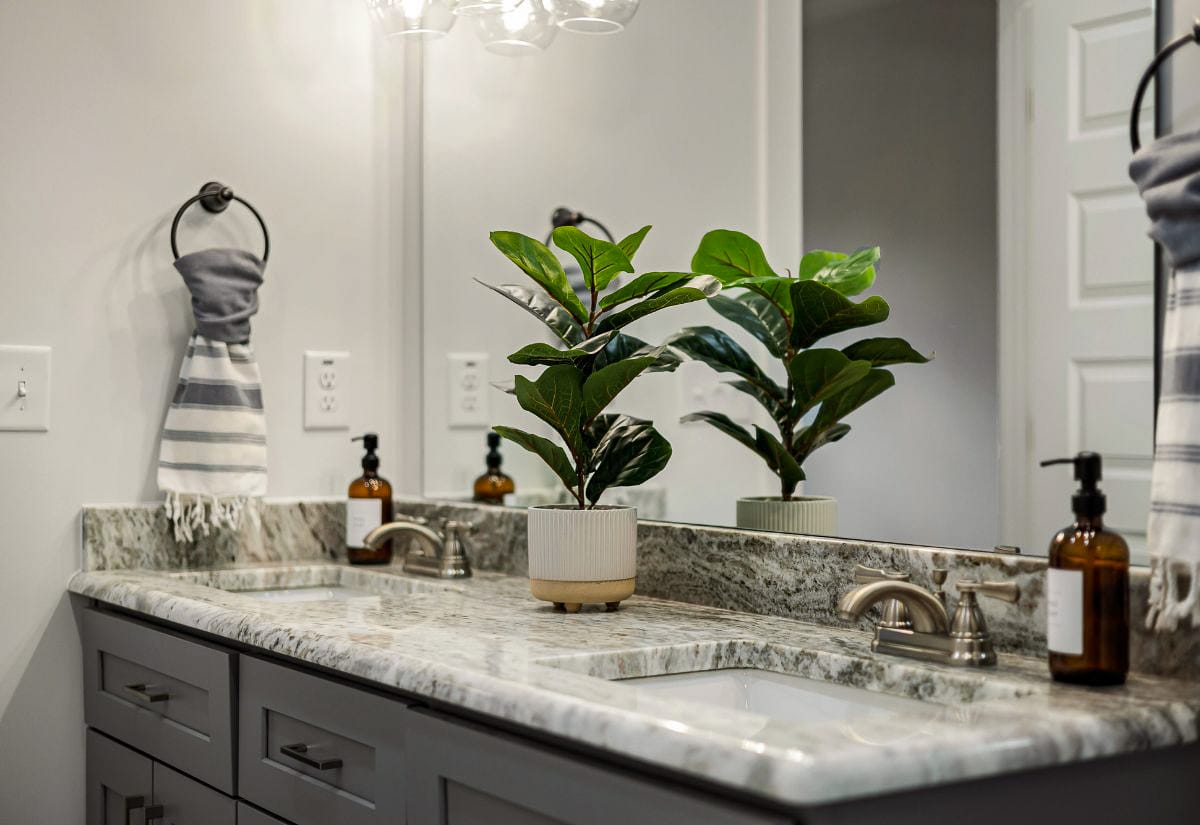
Learn to Spot (and Treat) Common Houseplant Pests
Bugs love your houseplants almost as much as you do. Knowing the usual suspects can help you catch infestations early—before they take over.
Watch Out for These Pests
- Spider mites: Fine webbing, yellowing leaves. Shake leaves over white paper to spot them.
- Mealybugs: Cottony white blobs on stems and leaf joints.
- Scale insects: Brown bumps, often near the base of leaves.
- Aphids: Small, soft-bodied bugs that cluster on new growth—can be green, black, or even pink.
To treat: Use neem oil, insecticidal soap, or a homemade solution of mild dish soap and water. Wipe down leaves and isolate infected plants until pests are gone.
Know When It’s Time to Repot
A pot-bound plant has roots that have outgrown its container—and that can mean slower growth, drooping leaves, and poor water retention.
Signs it’s time to repot:
- Roots poking out of drainage holes
- Water rushing through without soaking the soil
- The plant wilting even after watering
Move up just one pot size and refresh with new soil. Avoid pots that are too big, or you’ll end up with soggy soil and unhappy roots.
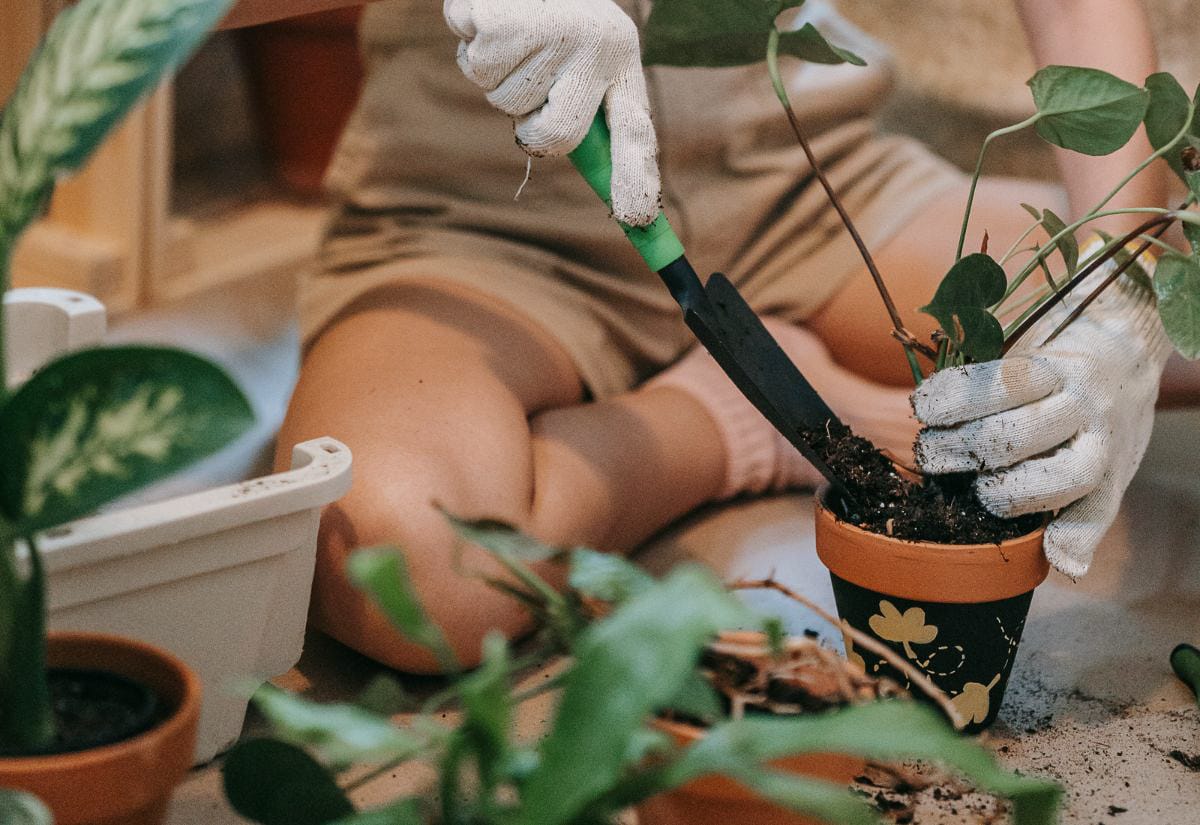
Give Your Plants the Right Light (Not Just a Pretty View)
That sunny windowsill might seem perfect, but each plant has different needs. Too much light can scorch leaves, and too little can stunt growth.
Understand light levels:
- Bright indirect light: A few feet back from a sunny window (good for pothos, prayer plants, philodendrons)
- Low light: Corners, bathrooms, or rooms with smaller windows (snake plants, ZZ plants, cast iron plant)
- Full sun: South-facing windows or grow lights (succulents, herbs, citrus)
Not sure if your plant is getting enough light? If it’s getting leggy (long stems with few leaves) or not growing at all, it probably wants more.
Don’t Forget to Feed Them (But Don’t Overdo It Either)
Plants need nutrients, but they don’t need a buffet. Most indoor plants do well with light feeding during their active growing season (spring and summer).
Feeding basics:
- Use a balanced houseplant fertilizer every 4–6 weeks during growing season
- Cut back in fall and winter
- Always water before fertilizing to avoid root burn
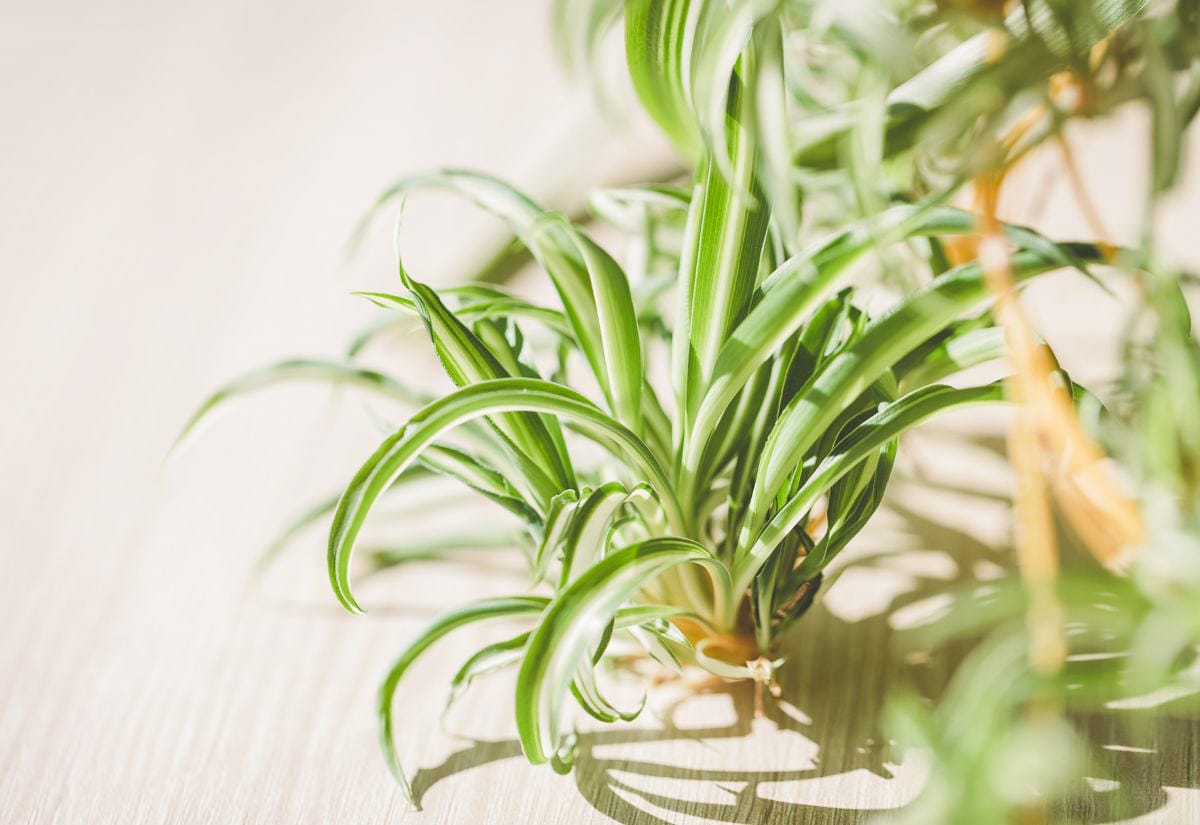
Start With Forgiving Plants (Especially If You’re Still Learning)
If you’re still building confidence, don’t start with a diva. Instead, pick houseplants that can handle a little neglect.
Easy-care favorites:
- Snake plant
- Pothos
- Spider plant
- Jade
- Cast iron plant
- Lemongrass (yes, it grows in water!)
- Mint, chives, oregano, and parsley for kitchen use
I’ve had the best luck with lemongrass indoors—it doesn’t care if I forget to water because it lives in water. My rosemary, on the other hand… let’s just say my mom’s better at it than I am.
Common Questions About Indoor Plant Care
Pin this guide so your houseplants actually thrive this time.
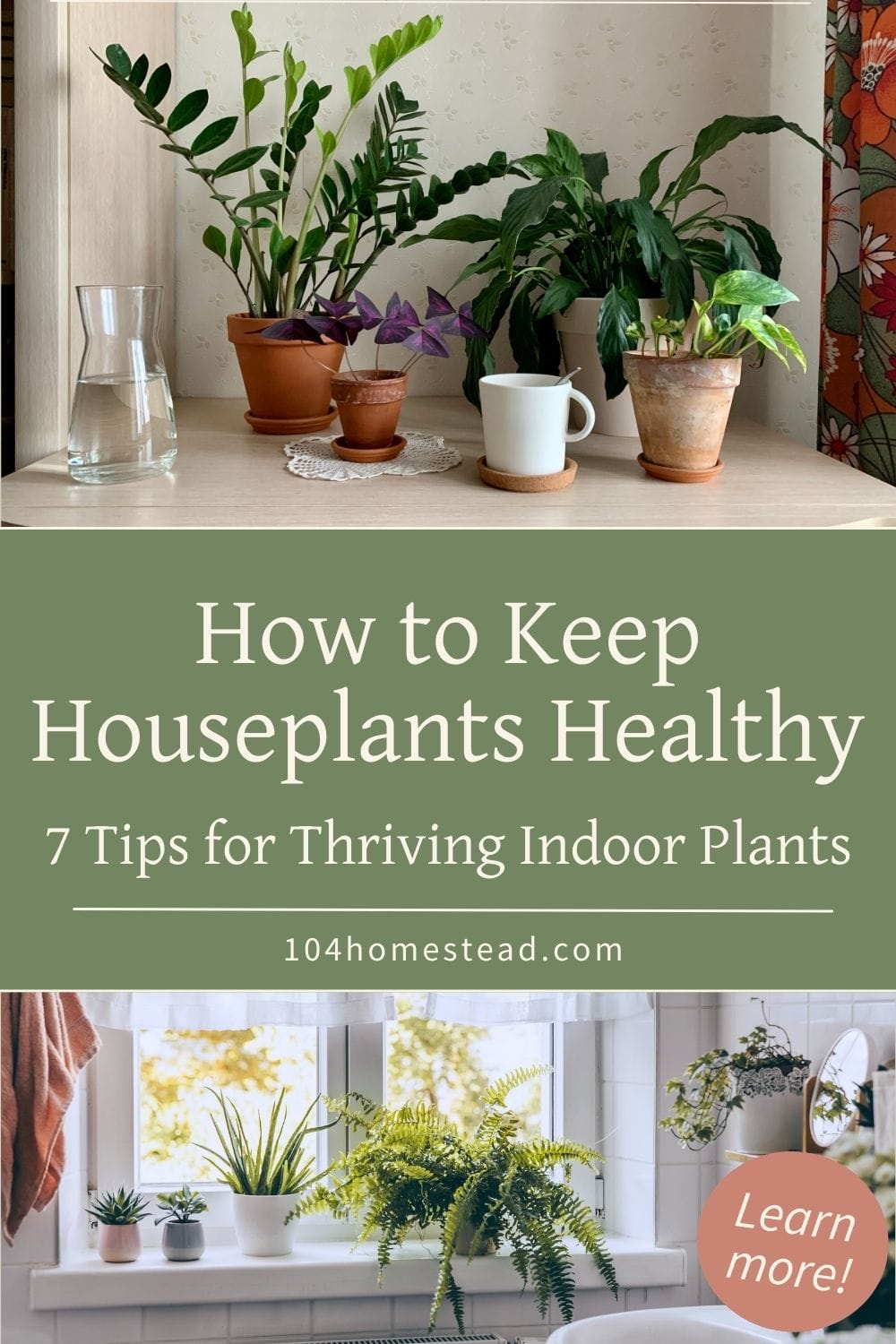
Figuring out how to keep houseplants healthy isn’t about perfection—it’s about paying attention and making small adjustments. Most plants will forgive a missed watering or a not-so-great lighting setup as long as you’re trying.
So don’t overthink it. Pick a couple of beginner-friendly plants, check in on them once a week, and enjoy having a little greenery brightening up your space. You’ll be a proud plant parent in no time.
Got a houseplant win or fail story? Drop it in the comments—I’d love to hear how your indoor jungle is coming along!





Every plant has a different moisture requirement, how do I control that?
Good info, thanks for posting.
Another helpful thing is to let the water you use for plants sit out overnight or longer so that the chlorine in the water dissipates. This is another chemical that your plants don’t need.
Really great tips! I think a lot of people over water and don’t realize the importance of drainage. I plant paperwhites and an Amaryllis for Christmas, but other than that; the only houseplants I usually have any more are herbs. Thanks for sharing with SYC.
hugs,
Jann
I’m not very good at houseplants either! Especially herbs….I kill them every winter. *sigh* Great tips!
Thanks again for linking up with Green Thumb Thursday. I hope you’ll join us this week!
Lisa
I too have a hard time with houseplants (I try to name them so I will treat them as pets). Great tips. I’ve found that my front bay window gets the perfect indirect light for most of my plants but gets too cold in the winter. Moving them around alot helps find the best home!
Great and wonderful tips,thanks for sharing your brilliant ideas.
Some fantastic tips with regards to naturally maintaining plants! Often horticultural enthusiasts can make the common mistake of not “striking” a balance when it comes to the natural maintenance of plants etc. This is a simple & well outlined article that makes for a good read and covers some key points which are crucial to the good development of your greenery!
With regards to your 4th point! Pest control solutions are also a cheap and alternative method to maintaining healthy plants. The best products are scientifically designed to kill a range of pests – mites, bugs, aphids, woodlouse, caterpillars and many more WHILE / PROMOTING and stimulating healthy plant growth, Keeping the greens green and the bugs dead!
great tips! thanks for sharing :).
You are so welcome!
great tips! thanks for sharing 🙂